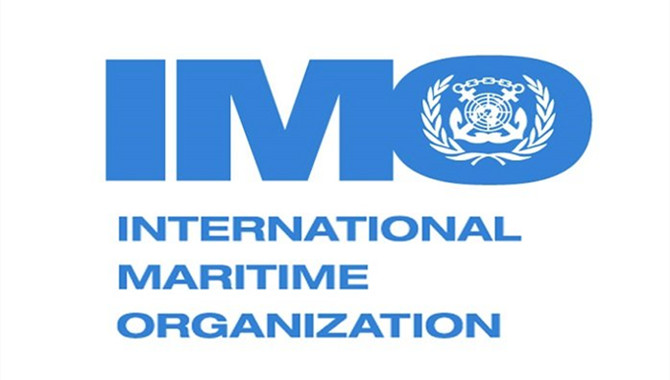
Newbuilding orderbooks have dipped to historically low levels relative to existing fleets, with the dry bulk carrier sector one of the most extreme examples.
"The current bulker orderbook of 56.1 Mdwt represents just 6.3% of the existing capacity, the lowest percentage in almost 30 years," said Derek Langston, Head of Research at leading shipbrokers SSY.
"At the same time, the dry bulk carrier fleet is ageing: the ratio of 15+ year old vessels to the orderbook is the highest since 2003."
While these trends are partly due to uncertainties over the direction of the market, they also reflect doubts over the speed at which financially viable designs for new low carbon ships can be developed.
Last week’s draft approvals at the IMO’s Marine Environment Committee (MEPC) could compound, rather than reverse, these trends for several more years as there seems little prospect of an immediate regulatory-driven acceleration in demolition (and replacement newbuilding demand).
Such a development could have significant implications for both the dry bulk sector’s supply/demand balance and CO2 emissions:
(1) Alongside limited scrapping activity until enforcement takes effect, the new IMO measures raise the prospect of continued slow steaming by much of the existing dry bulk carrier fleet. This is at a time when a ‘middle-age spread’ is developing in the fleet's age profile. The biggest five-year concentration of dwt capacity was built in the years 2009-13 and will, therefore, be 13-17 years of age when IMO enforcement measures could begin to bite in 2026. Without sharply increased anticipatory newbuilding orders, or a decline in dry bulk trade volumes, in the intervening years, a large portion of the middle-aged fleet will have to continue trading towards the end of the decade (at potentially slower speeds) in order to avoid a squeeze in cargo carrying capacity.
(2) Carbon emissions, meanwhile, could continue to trend up. A recent report by Marine Benchmark showed a net increase in maritime greenhouse gas emissions since 2011 as the effects of an expanding global fleet have exceeded efficiency gains. In the case of dry bulk carriers, Marine Benchmark estimates annual average growth in emissions of close to 3% p.a. since 2011.
"The combination of low newbuilding deliveries, a potential rebound in demand and an ageing fleet implies that CO2 emissions are more likely to track fleet growth this decade, which suggests that the shipping industry cannot deliver an absolute reduction in CO2 emissions by 2030," cautioned Torbjorn Rydbergh, Managing Director of Marine Benchmark.
The opinions expressed herein are the author's and not necessarily those of The Xinde Marine News.
Please Contact Us at:
media@xindemarine.com


 Ningbo Containerized Freight Index Weekly Commentar
Ningbo Containerized Freight Index Weekly Commentar  Ningbo Containerized Freight Index Weekly Commentar
Ningbo Containerized Freight Index Weekly Commentar  Ningbo Containerized Freight Index Weekly Commentar
Ningbo Containerized Freight Index Weekly Commentar  BIMCO Shipping Number of the Week: Bulker newbuildi
BIMCO Shipping Number of the Week: Bulker newbuildi  Ningbo Containerized Freight Index Weekly Commentar
Ningbo Containerized Freight Index Weekly Commentar  Ningbo Containerized Freight Index Weekly Commentar
Ningbo Containerized Freight Index Weekly Commentar